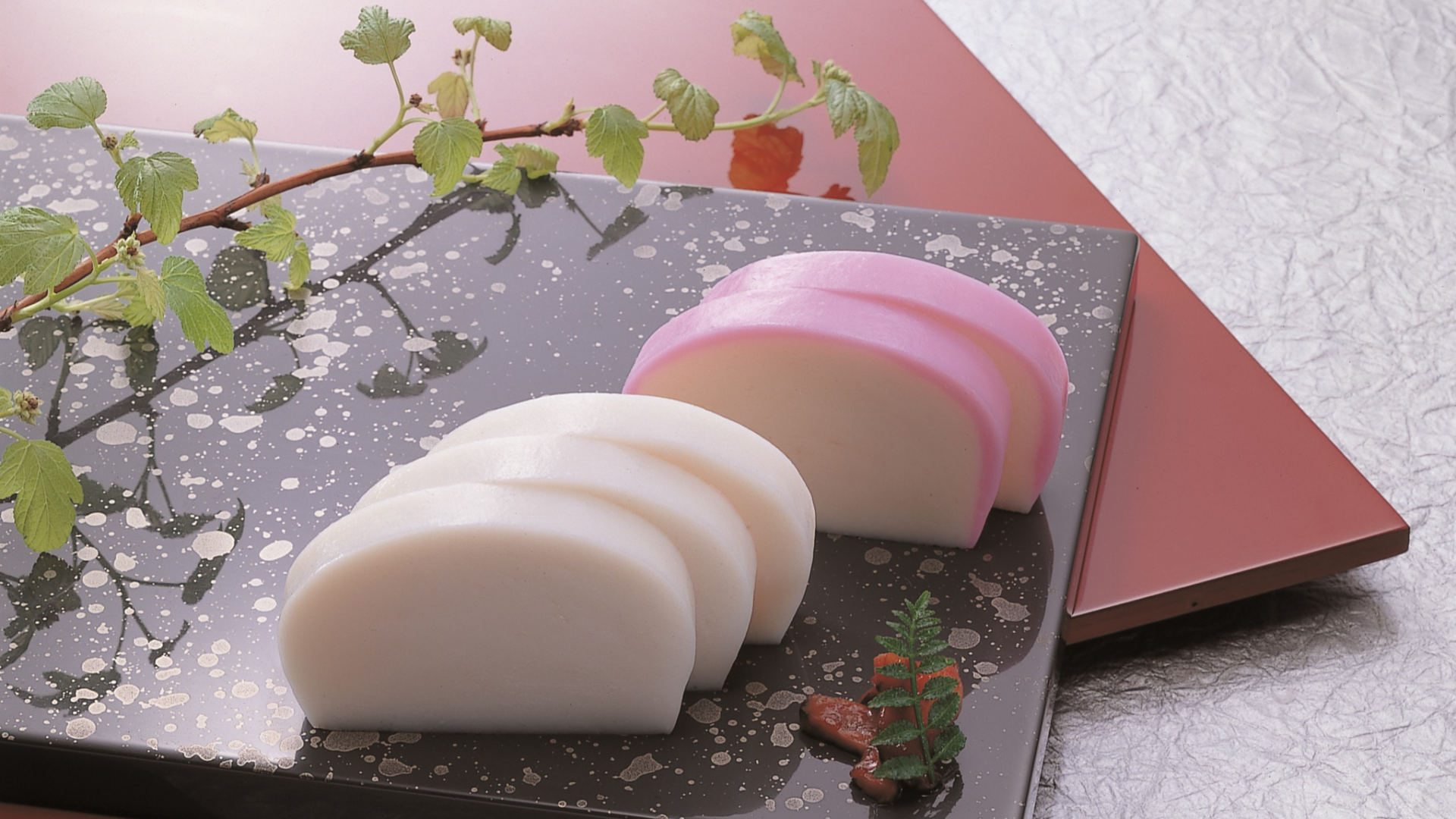Kombucha, a fermented tea with origins in East Asia, has captured the taste buds of health enthusiasts around the world. In recent years, this effervescent elixir has made its mark in Japan, blending seamlessly with the country’s rich tea culture and wellness-focused lifestyle. Join us on a journey into the world of Kombucha Culture, exploring its roots, its rising popularity in Japan, and the modern trend of Kombucha Revolution that is transforming the way people enjoy their tea.
Unveiling the Origins of Kombucha
Ancient Roots
Kombucha’s history can be traced back over two millennia to Northeast China, where it is believed to have originated. The tea was traditionally prized for its potential health benefits and was passed down through generations.
The Tea of Immortality
Kombucha earned the moniker “The Tea of Immortality” due to its reputed health-promoting properties. As the tea spread across Asia and beyond, each culture adapted the fermentation process to incorporate local teas, sweeteners, and flavors.
Kombucha Takes Root in Japan
Merging with Tea Culture
Given Japan’s deep-rooted tea culture, the introduction of kombucha was a natural progression. The art of fermenting tea aligned seamlessly with the Japanese appreciation for craftsmanship and health-conscious living.
Diverse Tea Blends
In Japan, kombucha has taken on diverse forms, with various tea blends used as the base. Green tea, sencha, and hojicha kombucha are among the favorites, each offering a unique flavor profile and a boost of antioxidants.
Food Trend: Kombucha Revolution
The Kombucha Revolution trend signifies the modern adaptation and widespread embrace of kombucha in Japan. As more people prioritize well-being and seek alternatives to sugary beverages, kombucha has become a go-to choice for those looking to refresh their palates and support their health.
Artisanal Brews
Craft kombucha breweries have emerged, producing artisanal blends that showcase the diversity of tea flavors and fermentation techniques. These small-batch brews often incorporate seasonal and locally sourced ingredients, adding a touch of Japanese terroir to the effervescent beverage.
Flavor Infusions
Kombucha Revolution extends beyond traditional tea flavors, with inventive infusions gaining popularity. Brewmasters experiment with botanicals, fruits, and herbs to create kombucha variations that appeal to a broad spectrum of taste preferences.
Kombucha Cocktails and Culinary Pairings
The versatility of kombucha has led to its inclusion in culinary creations and cocktails. Chefs and mixologists experiment with kombucha as a base for refreshing drinks and innovative pairings with Japanese cuisine. This trend highlights kombucha’s potential as a dynamic ingredient beyond a standalone beverage.
Where to Experience Kombucha Culture
For those eager to delve into the world of Kombucha Culture, various destinations in Japan provide opportunities to savor the diverse range of kombucha offerings.
Specialty Kombucha Cafés
Cities with a thriving food scene, such as Tokyo and Kyoto, boast specialty kombucha cafés. These establishments offer a curated selection of kombucha flavors, allowing patrons to explore the nuances of fermented tea in a relaxed and welcoming environment.
Kombucha Tasting Events
Kombucha tasting events and workshops have become popular, providing an interactive experience for enthusiasts to learn about brewing techniques and flavor profiles. These events often feature local brewmasters who share their passion for kombucha and its integration into Japanese culture.
Health and Wellness Retreats
In alignment with Japan’s holistic approach to well-being, health and wellness retreats often incorporate kombucha into their programs. Participants have the opportunity to savor kombucha, learn about its health benefits, and engage in mindful practices that promote overall wellness.
Embracing Kombucha Culture: A Culinary Journey
In conclusion, Kombucha Culture invites us on a culinary journey that fuses ancient traditions with modern wellness trends. Whether sipping on artisanal kombucha at a trendy café, experimenting with kombucha-infused cocktails, or attending a kombucha workshop, the Kombucha Revolution trend elevates the fermented tea experience. So, embrace the effervescence, savor the diverse flavors, and let each sip of kombucha transport you to a realm where ancient wisdom meets contemporary culinary delight.…





/https://assets-pergikuliner.com/uploads/image/picture/1221375/picture-1547605205.jpg)